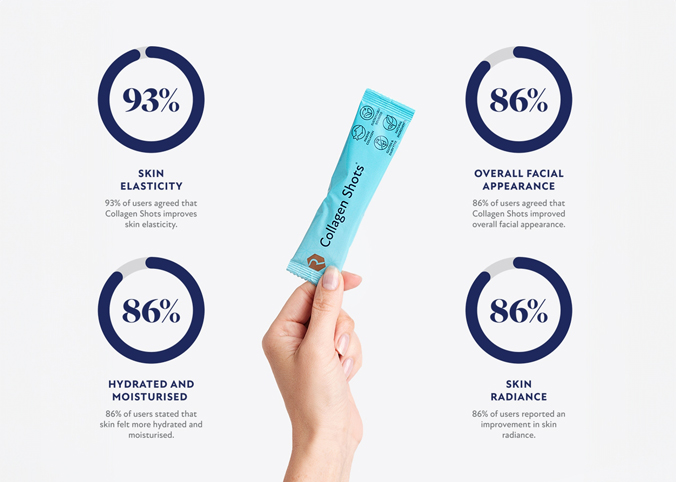Pigmentation 101 – What is pigmentation and how to treat it?

Pigmentation is caused by the overproduction of melanin. Pale to deep brown spots can appear on areas of the skin which are exposed to the sun. In winter, signs of pigmentation are significantly less visible or can sometimes even disappear! However, when pigmented skin is exposed to sunlight, its appearance becomes more apparent which is why a high level of light protection is essential for those with this specific skin condition.
WHAT IS PIGMENTATION?
Pigment spots or hyperpigmentation is caused by an overproduction of melanin or an increase in the number of melanocytes. Hyperpigmentation leads to flat, light brown to black spots of various shapes and sizes on the skin. There are many different forms of hyperpigmentation, the most common of which are:
Pigment spots i.e. spots and freckles are caused by UV radiation. That is why they mainly occur in places that are particularly exposed to the sun, such as on the face or on the back of the hands or decolletage. They are usually small, slightly darker spots on the skin.
Melasma/chloasma often occurs during hormonal changes (pregnancy, menopause, taking the birth control pill) in connection with UV radiation. These are darkly pigmented and are mostly large-area spots that appear on the face or arms.
Melasma/chloasma is also known as the “pregnancy mask” because it is often seen in pregnant women, especially those with darker pigmentation.
The so-called post-inflammatory hyperpigmentation can occur as an undesirable side effect after injuries to the skin or inflammatory skin diseases. After the healing process, a dark pigmented area of skin remains. Acne patients are particularly affected. However, certain cosmetic procedures such as dermabrasion, laser treatments and chemical peels can also promote the development of post-inflammatory hyperpigmentation.
WHAT ARE THE CAUSES OF PIGMENTATION?
Pigment spots are caused by the melanocytes, which produce the skin pigment melanin. This ensures a tan and protects the skin cells from UV radiation. If there is an excessive amount of melanin in some areas, spots appear. One cause of pigmentation is UV radiation but genetics can also play a role.
HOW DO I TREAT PIGMENTED SKIN?
Prevention and protection is the be-all and end-all when it comes to pigmentation and must be implemented consistently! Vitamin A is an essential antioxidant for thickening the vital epidermis and reducing pigmentation. Skincare products rich in actives such as Vitamin A, C, antioxidants, and peptides are key to a flawless complexion.
The ingredient that specifically counteracts pigmentation is Vitamin C. This potent antioxidant the excessive formation of melanin which in turn counteracts the formation of age spots. Vitamin C also protects our skin from UV radiation. It’s one of the most researched-backed skincare ingredients and a must try!
This article was kindly contributed by Sarah Zimmer, the founder of NAYA Skincare www.nayaglow.com






